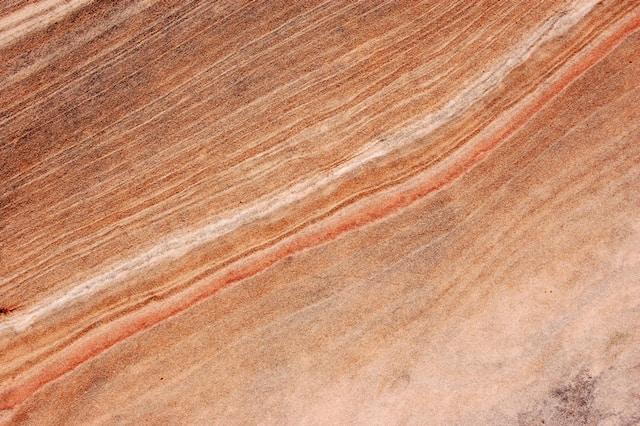Natural stone is a popular choice for architects and builders looking to add elegance and beauty to their work. It's also a great option if you're looking for something that will last for many years.
With the many different types of natural stone out there, it can be difficult to know which one is right for your needs. This article will explore the different types of natural stones architects can use to create stunning structures.
Sandstone
Sandstone is a sedimentary rock composed mainly of sand-sized grains or particles.It's typically tan to reddish-brown. But it can also be any color depending on the minerals it contains and how much iron oxide it has been exposed to during its formation. Sandstone is usually very strong because it consists of quartz that forms in layers with other minerals.
This is a popular choice for architects because it can be carved into intricate designs. It's also a good option if you're looking for a durable stone that will last for many years.
Granite
Granite is one of the most popular choices in construction. It's a very hard igneous rock that comes in a wide array of different colors. It's hard, durable, and can be used for many applications such as flooring, countertops, and wall cladding.
Since it is resistant to scratches and staining, granite is a great choice for areas that will see a lot of traffic, such as kitchens and bathrooms. It is also an excellent option for exterior use, such as building base, paving, and treads.
Marble
Marble is a metamorphic rock that is composed of calcite or dolomite. It's one of the most popular types of natural stone used in architecture. While most in-demand marbles have a white, cream, or greyish background, they also come in black, green, and pink colors.
Marble is a good choice for architects looking for a luxurious, high-end look. This natural stone can also be carved into statues and other decorative items.
Limestone
Limestone is a sedimentary rock composed mainly of calcium carbonate.
It's usually white or light gray and often contains fossils because the calcite comes from marine organisms that lived millions of years ago. This stone can vary greatly depending on where you're getting it from, as well as what minerals are included in your specific limestone. The type of finishing will also vary the appearance of the limestone, making it more or less textured.
It's a very popular choice for architects because it is very durable and versatile. While it is commonly used for flooring and countertops, it is also easy to work with and can be sculpted into beautiful designs with complex details.
Limestone is an excellent option because it provides a high-end look but is typically more affordable than marble.
If you're looking for a beautiful aesthetic in your designs, natural stone is the way to go!
Do you need advice on which natural stone is suitable for your project? Or are you looking for a reliable natural stone supplier?. If so, contact Swenson Stone Consultants. We are the experts when it comes to natural stone.
